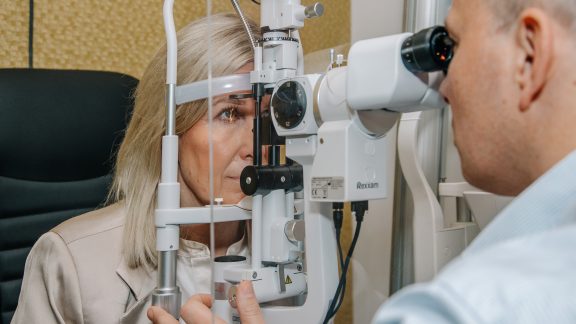Today, the idea of information technologies acting as drivers of competitiveness is relevant not only for business but also for educational institutions. This is especially true for large Universities and research centers. According to EDUCASE, the increasing complexity of technology, architecture, and data, as well as the growing impact of IT on the success of educational activities, are most prominent among the five major trends affecting the development of higher education institutions around the world.
Saint Petersburg State University is the largest research and educational center in Russia which makes it a priority to provide its students and professors with innovative tools. Being the largest and the oldest educational center, not only in Russia but also in Europe and worldwide, SPSU acknowledges strategic advantages provided by technological superiority such as speed and flexibility of innovations, encouraging of the collaborative culture, distance learning, the international cooperation.
At the end of 2015, the System Engineering Team came to the conclusion that the present IT systems no longer met the requirements of the university — it was no longer able to provide the consistency of all processes and be ready for a hybrid cloud and be futureproof.
Systems integrator LWCOM, a VMware technology partner, advised not to follow the classic way of modernization – to preserve the “legacy” architecture by acquiring new server hardware. Thinking strategically and basing on previous positive experience and leveraging existing skillsets, it was agreed to build a hyper converged infrastructure with VMware vSAN.
The project was deployed in 2016 and since then, the university purchased several more licenses, and the cluster has been expanding as rapidly and seamlessly as possible.
According to the customer, the cluster built on the basis of VMware technology has a better fault tolerance than the legacy architecture. The migration from a legacy server infrastructure to hyper-converged systems allowed it to dramatically reduce operating costs by 25% and lay the foundation for further growth and innovation.
See the full story here.





